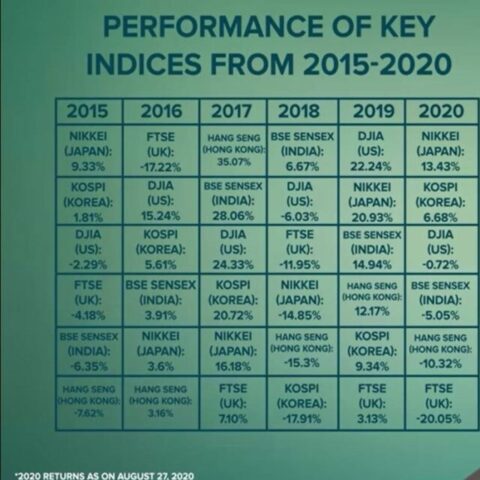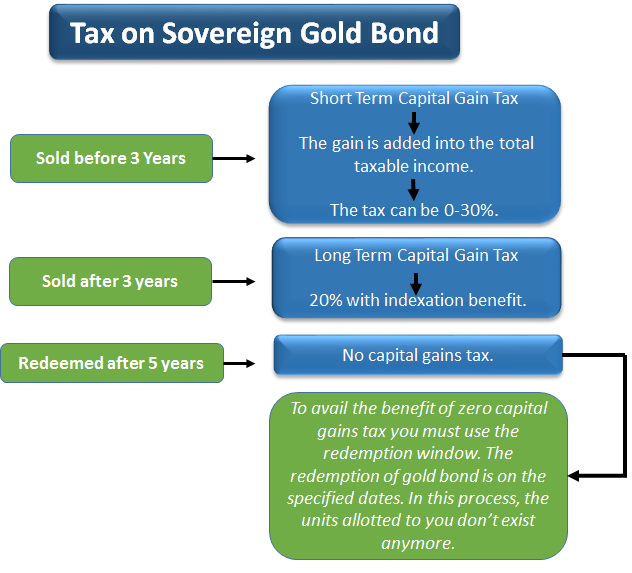My take on Equity Investment tax in India rejig / Shantanu Goel

India Union Budget, July 18 2024
By Shantanu Goel
July 18, 2024
Current landscape:
Indian stock markets are trading at an all-time high with Sensex shattering 80k mark and Nifty at arms length with 25k, translating to 25% returns over last 1 year
These are unprecedented numbers which are largely driven by 5 factors – India’s strong economic growth numbers, continuity in governance, expanding retail participation, high interest rate in developed economies and China’s struggles over the post covid era
What would the government want to achieve:
The government would love to continue the narrative that India is rightfully on the path of success. Stock market numbers are a great tool to demonstrate just that. Post general elections, the most potent tool to influence the markets is – the Union Budget
Therefore, the government would be inclined to take steps to directly influence the market numbers (in addition to indirect actions like increased Capex and fiscal spending)
How can they achieve it:
One way to influence the long term growth of an economy, and hence the stock market is – (in India’s case) increased government spending
For perspective, India has historically been a consumption driven economy with close to 60% contribution to the GDP driven by domestic consumption
The current regime has tried to push the Capex by unprecedented investment in infrastructure – thereby propelling the GDP from Government Spending component
However, infrastructure is slow to build and it won’t reflect in growth numbers quickly. So to influence the story, the government needs to bring in policies which will impact (maintain) short-term growth of the market
Therefore, I believe the government could use taxation as a tool to achieve this
Options at hand:
There are 3 options that the government can explore:
1. Adjustment to long-term capital gains tax: increasing it can bring shockwaves to the market, so thats not viable
Decreasing it can help maintain stability to the current numbers but will create a loss to the exchequer which needs to be filled from somewhere else
2. Adjustment to short-term capital gains tax: Any change to this won’t lead to any material benefit, so the government is not likely to consider it
3. Adjustment to tax on F&O: Decreasing it doesn’t seem to offer much benefit so we’ll skip dwelling into it
Increasing it will impact the trading in short-term, but will stabilise in medium term. Also, this will be in continuation to the government’s stance on warning retail investors to be “cautious” of F&O trading and be mindful of its dangers
My predictions:
Possibility 1: The government increases the F&O tax but will balance it by reducing (potentially removing) long term capital gains tax in the Union Budget of July 2024
Possibility 2: The government increases increase the F&O tax but will balance it by increasing the exemption limit of long term capital gains tax from 1 lakh to 3-5 lakhs in the Union Budget of July 2024
Either option may create waves in the short term but will help to stabilise the markets in the medium term as it will incentivise investors to hold their investments for a longer term – thereby also avoiding the “imminent” market crash
Best regards
Shan



